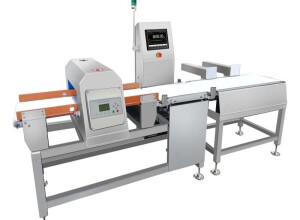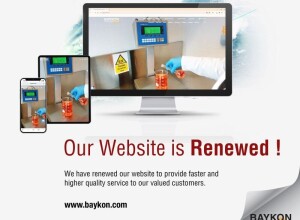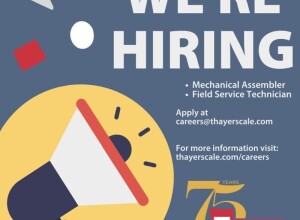Speaking to customers in recent weeks, David says it’s evident that the triple challenge of rising labour costs, the devaluation of Sterling and European workers shunning the allegedly ‘xenophobic’ Britain is already starting to have an impact. “Over 55% of our fresh produce customers have flagged this as a concern, reporting their worries that migrant workers won’t return in 2018 to harvest and pack seasonal produce.”
Over the years, automation has been deployed at the processing end of a packhouse, explains David. “However, the end of line placing of packs in crates and then palletising crates onto pallets is largely a manual process and very reliant on European labour. Previously, packhouses were concerned about labour costs. But now, the crisis runs deeper, with farmers sectioning off fields and cutting back on harvests to plan for imminent workforce shortages. The impact on packhouses is just as real.”
By deploying end of line automation to replace manual or mechanical processes, such as packing products into crates or placing crates onto pallets with robotic machines, packhouses can reallocate their compact workforce to perform more meaningful and productive business tasks.
“These manual packing processes are typically slow and labour intensive with line speed reliant on the speed of the slowest individual,” explains David. “There are frequent short line stops at the end of the line, which slow down the average line speed affecting net productivity. There are also potential issues surrounding quality with frequent manual handling issues.”
For packhouses that are considering or have automated these case loading and palletising functions, Brillopak lists six tactical tips to increase profitability, boost efficiency and build better brand value.
1 - Product quality from farm to fork:
According to the Waste and Resources Action Programme (WRAP), over 2 million tonnes of fresh produce are wasted each year in the supply chain. Key causes are poor handling and storage at distribution depots, along with less protective packaging.
Effective automation ensures the product is gently packaged, with no damage or human handling.
2 - Presentation of product:
The ability to demonstrate to customers consistency of product presentation in the crate is essential to the retailer. Accuracy and precision when picking and placing a product with an automated system that will not get tired or injured, ensures superior presentation regardless of the product.
3 - Packaging flexibility:
The fresh produce market is booming for growers and suppliers with varied packaging needed to satisfy consumer demand. The flexibility to cater for unknown future requirements combined with consistency of speed and performance not only ensures a high OEE (overall equipment effectiveness) and level of future proofing, but also demonstrates to clients a commitment to invest in the future.
4 - Accuracy of product information:
The slightest error on packaging traceability means the packhouse may incur hefty penalties and fines, along with damage to reputation. Automation technology with integrated vision is extremely deft at tracking, tracing and storing data, providing a reliable audit trail.
5 - Efficiency of operation:
How can we maximise output in the shortest possible time at the lowest possible unit cost without compromising on quality?
As labour is the biggest single cost in most packhouses, the answer must lie in automation, especially with implications of Brexit and the minimum wage set to rise to £9 by 2020.
Simple systems can monitor all the key processes and provide dynamic reporting of each line. These systems are excellent for identifying and removing bottlenecks and help drive continuous improvement.
6 - Your window to more work:
In addition to meeting health and safety requirements, an organised and well-run, uncluttered automated site is efficient, demonstrating lower costs, minimised risk and an emphasis on quality and delivery for potential customers. According to David, automation payback can be accomplished in between one and three years.

Supermarkets are increasingly demanding a very high consistent level of presentation of product.
An organised and well-run, uncluttered automated site is efficient - demonstrating lower costs, minimised risk and an emphasis on quality and delivery.

Brillopak director David Jahn




























Interested? Submit your enquiry using the form below:
Only available for registered users. Sign In to your account or register here.